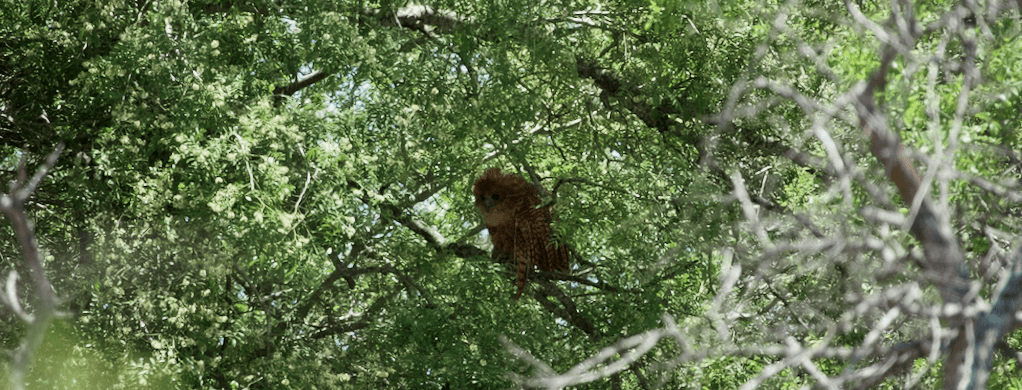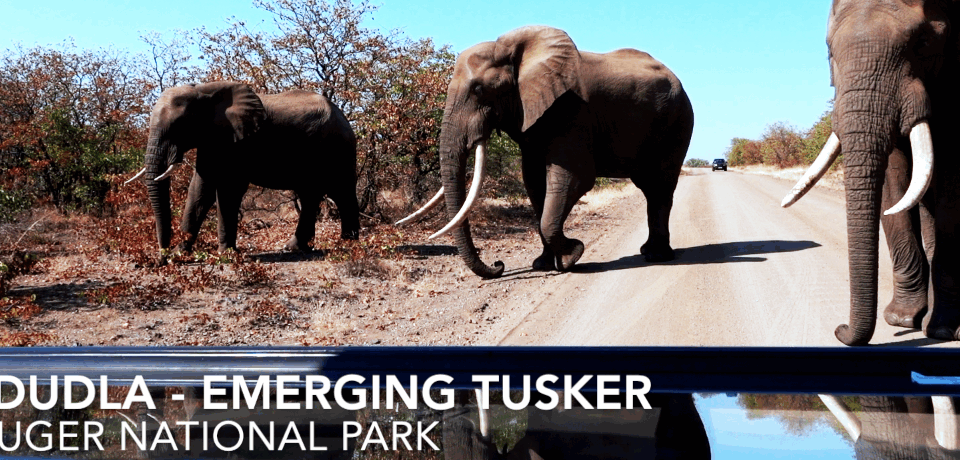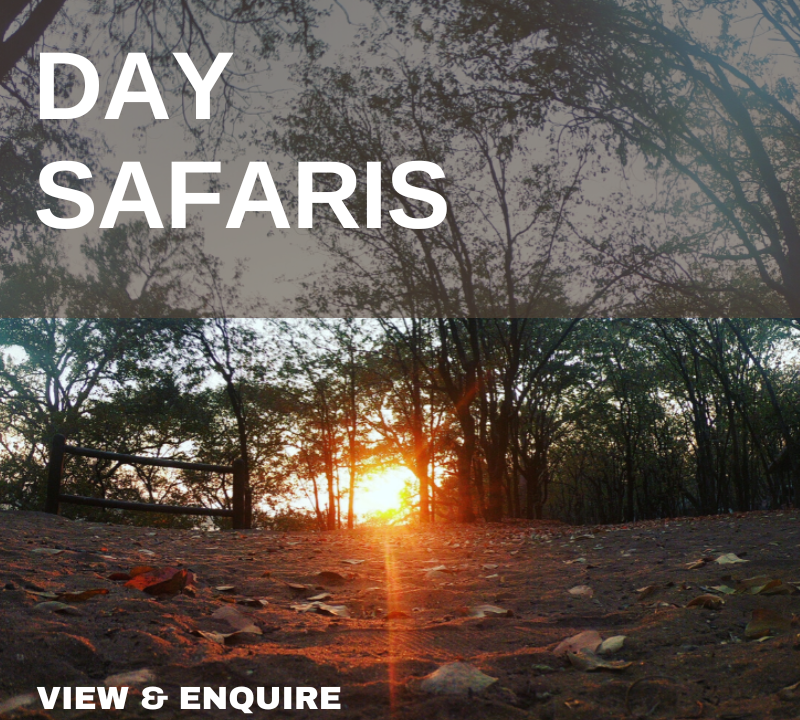
A Rare Encounter: The Pel’s Fishing Owl Family in Kruger National Park
It was one of those crisp, golden mornings in Kruger National Park, where the air hums with the promise of something extraordinary. The date was February 24, 2025, and the Olifants River flowed steadily below, its surface catching the first light of dawn. My companions and I had settled into Balule Bush Camp the night before, a rustic haven perched on the southern banks of the river. With no electricity and only the soft glow of paraffin lamps to guide us, the camp felt like a step back in time—a perfect stage for a wild adventure. Little did we know, we were about to witness a scene so rare it would leave us speechless: a family of Pel’s fishing owls—male, female, and chick—perched in the Nyala berry trees just across the water.
The Elusive Pel’s Fishing Owl: A Feathered Phantom
The Pel’s fishing owl (Scotopelia peli) is the stuff of birding legend. Known as one of Africa’s most secretive and sought-after raptors, it’s a bird that even seasoned guides consider a “unicorn” sighting. With its rich, rufous plumage, piercing dark eyes, and a wingspan that can stretch up to 1.5 meters (nearly 5 feet), it’s a striking creature. Unlike most owls, which hunt rodents or small birds, this species has a peculiar taste for fish—hence the name. It’s equipped with specialized adaptations: unfeathered, spiky-soled feet that grip slippery prey, and a keen ability to swoop silently over water to snatch fish from the surface. Fascinatingly, it’s one of the few owl species that doesn’t rely heavily on hearing to hunt; instead, it uses its sharp vision to spot ripples in the water under the cover of night.
These owls are notoriously elusive, preferring dense riverine forests along permanent water sources like the Olifants River. In Kruger, their population is estimated at just 4-5 breeding pairs along this stretch—a tiny number that underscores how lucky we were about to get. They’re also monogamous, often mating for life, and fiercely territorial, which makes spotting an entire family together a once-in-a-lifetime event.
The Sighting: A Family Affair in the Nyala Berry Trees
We’d risen early, fueled by coffee brewed over an open fire, and gathered at the camp’s edge overlooking the river. The Nyala berry trees (Xanthocercis zambesiaca) opposite Balule stood tall and lush, their branches heavy with clusters of small, dark fruit—a favorite haunt for birds and browsers alike. Armed with binoculars and a quiet hope, we scanned the canopy. That’s when it happened.
First, we spotted the female. Her warm, cinnamon-brown feathers blended almost perfectly with the tree bark, but her size—about 63 centimeters (25 inches) tall—gave her away. She sat regally, her head swiveling to survey the river below. Then, a deeper, resonant “hoom-hoom” call echoed across the water, and there he was: the male. Slightly larger and darker, he perched a few branches away, his presence commanding yet calm. Their duet of calls, a signature of their bond, sent shivers down our spines. It’s said that these vocalizations can carry over a kilometer—a low, haunting sound that’s as much a part of the bush as the rustle of leaves.
But the real surprise came next. A smaller, fluffier shape stirred between them—a chick! Covered in pale, downy feathers with hints of the adult’s rufous hue peeking through, it clumsily adjusted its perch, clearly still mastering the art of balance. Pel’s fishing owl chicks are rare to see; they fledge at around 10 weeks but remain dependent on their parents for months, learning to hunt in the safety of the riverine thickets. This little one couldn’t have been more than a few months old, its wide eyes taking in the world with a mix of curiosity and caution.
The Scene Unfolds: A Dance of Nature
For nearly an hour, we watched this family in hushed awe. The male took flight once, his broad wings cutting silently through the air as he glided toward the river. We held our breath, hoping to see him fish, but he returned empty-taloned—perhaps just stretching his wings or keeping an eye on his territory. The female, meanwhile, preened her feathers, occasionally glancing at the chick, who let out a soft, insistent chirp, likely begging for food. The Nyala berry trees, with their dense foliage and proximity to the water, were the perfect nursery—offering both shelter and a front-row seat to the river’s bounty.
The Olifants River itself added to the magic. Hippos grunted in the distance, their basso profundo rumbles a stark contrast to the owls’ calls. A fish eagle cried overhead, and the water shimmered with the occasional splash of a crocodile. It was a living tableau, and the Pel’s fishing owls were its stars.
Why This Matters: A Glimpse into the Wild
Seeing three Pel’s fishing owls together isn’t just a thrill—it’s a testament to the health of this ecosystem. These birds are indicators of pristine riverine habitats; their presence signals clean water, abundant fish, and undisturbed forests. In a world where habitat loss threatens so many species, this sighting felt like a small victory for conservation. Kruger National Park, with its vast wilderness and efforts like the removal of fences between private reserves such as Balule and the main park, provides a sanctuary where these rare creatures can thrive.
As the sun climbed higher and the family melted back into the shadows of the Nyala berry trees, we packed up our gear, hearts full. We’d come to Balule seeking the raw beauty of the bush, but we left with a story that would echo long after the trip ended—a tale of a feathered family, a river’s edge, and a morning when nature revealed one of its best-kept secrets.
Fun Fact Finale
Did you know the Pel’s fishing owl is named after a Dutch colonial administrator, Hendrik Severinus Pel, who governed Guinea in the 19th century? It’s a quirky nod to history for a bird that feels timeless in the wilds of Kruger. If you ever find yourself at Balule, keep your eyes on the Nyala berry trees—you just might catch a glimpse of these elusive royals of the river!






